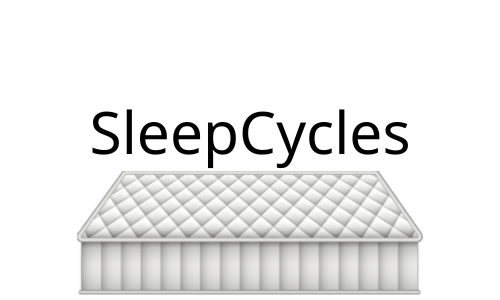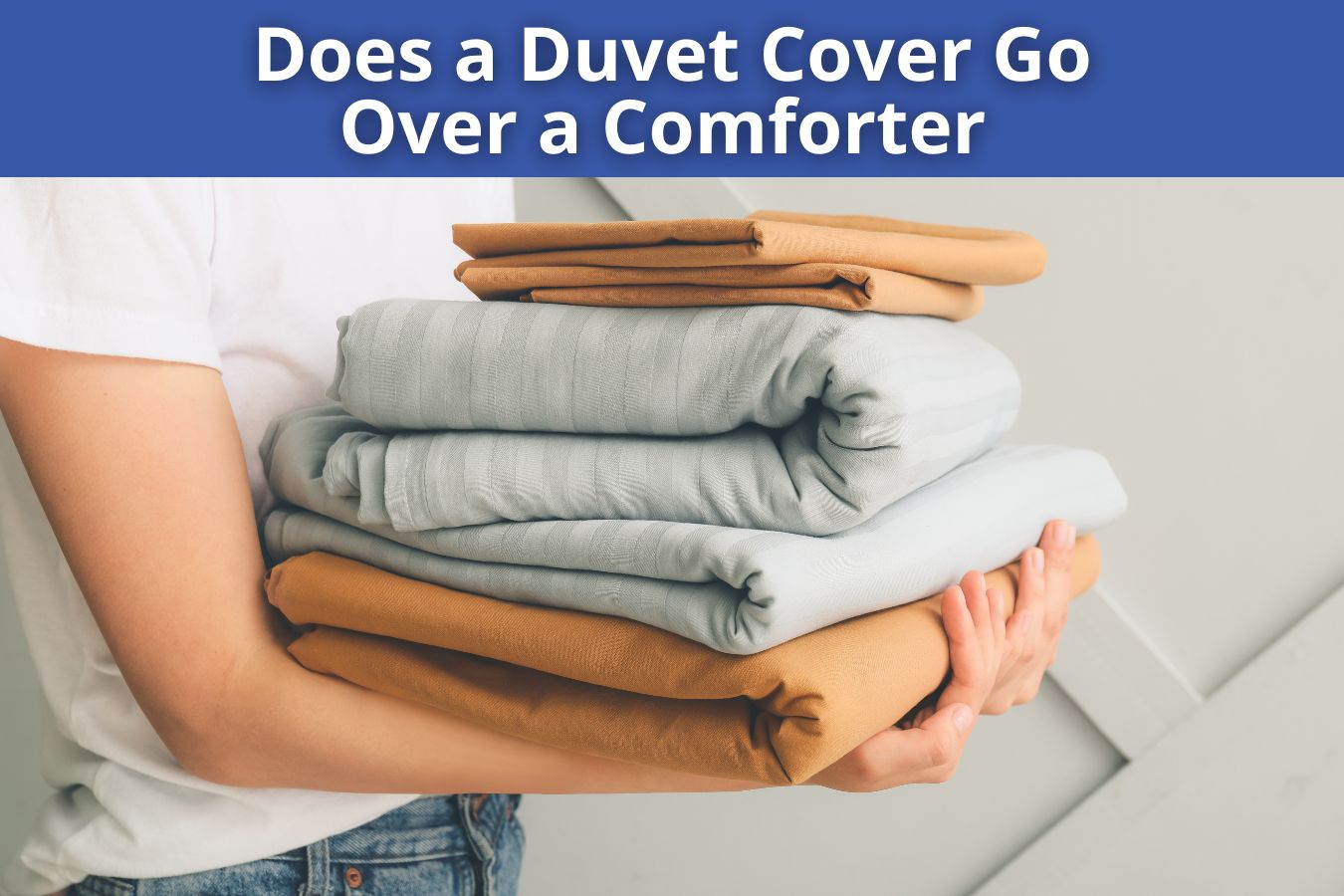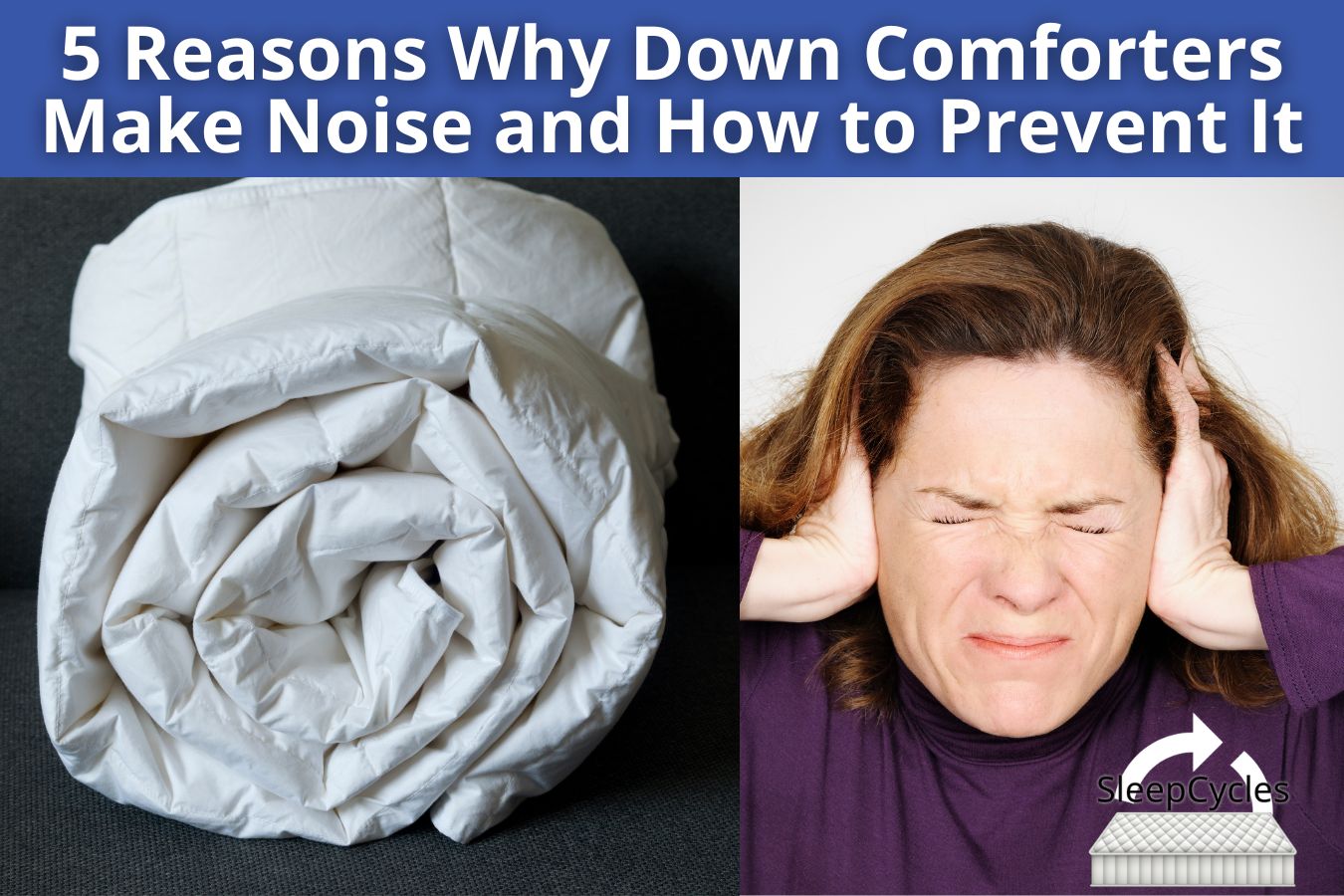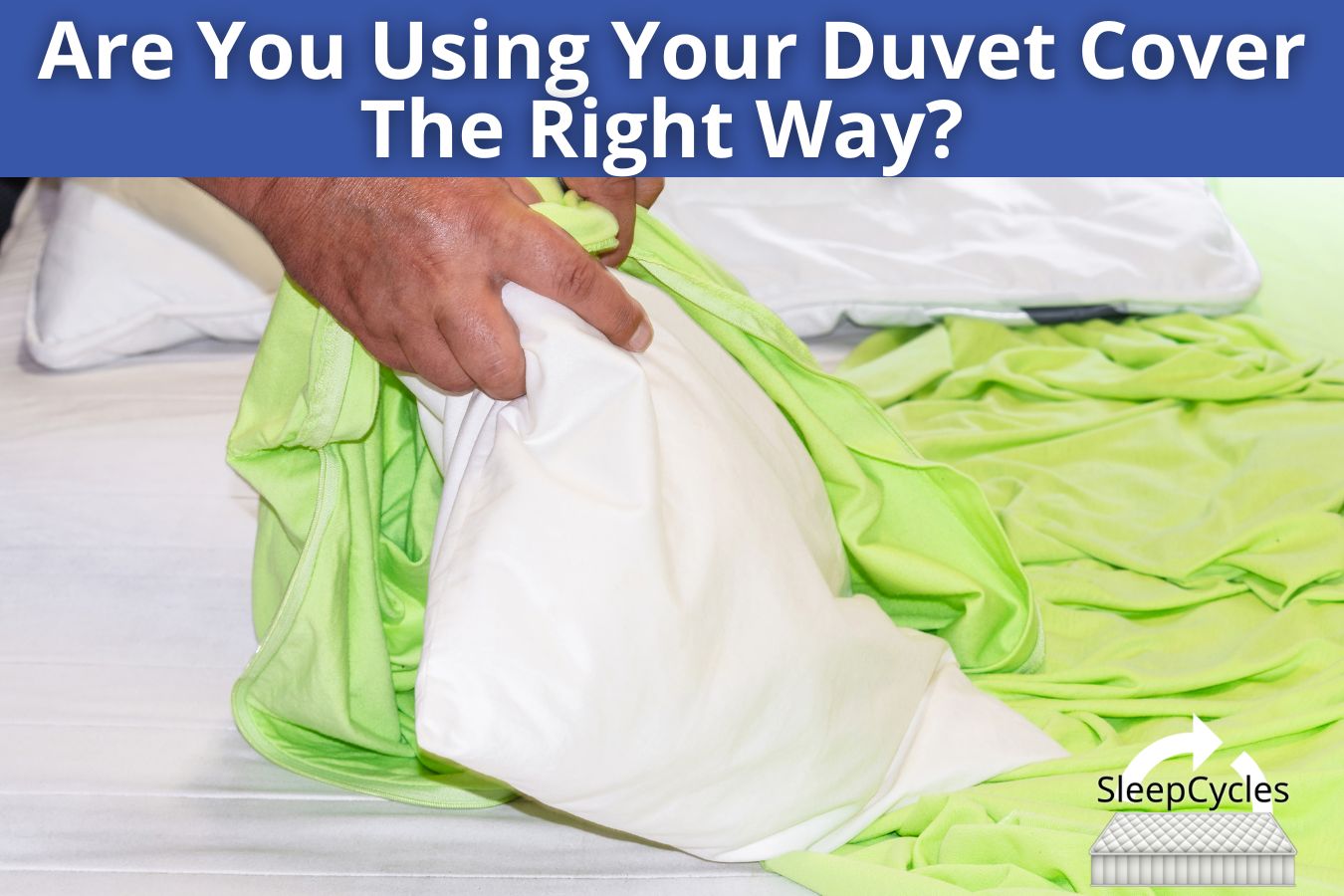Bed. Your peaceful place at the end of the day, where you switch off most of your five senses and relax. Your sense of touch is still active as you nestle down and fall asleep in the presence of a comforter, a blanket, or a duvet. Quilts were historically the first special bedding; before quilts, Americans slept under linen or bags filled with straw!
What is a Comforter
Most definitions of the good old comforter describe insulation between two layers of fabric. They are typically filled with natural down-duck or goose feathers, but if you prefer you can buy a comforter filled with wool, cotton, polyester, or silk. Down is the more expensive option, and some people may be allergic, so down alternatives might best suit you (while not being as insulating).
Comforter vs Duvet
Comforters are thinner and flatter than duvets, their European sister bedding, and they are quilted to maintain an even filling distribution. They can be decorative, like bedspreads, but offer way more warmth and coziness.
Comforters Specs
The “loft” of the comforter is how much space one ounce of down occupies inside. This is also called “fill power” which indicates how warm the comforter is—more fill means better insulation. “Fill weight” is the overall number of down ounces inside the comforter. The warmth level is the fill power combined with fill weight.
Then you can choose the outer fabric of the comforter, which is next to your skin, cotton, silk, polyester, and more.
Comforters will suit any budget and are often machine-washable. Down-filled comforters may need dry cleaning or gentle cycle machine washing to care for the soft filling. You will need a bit of storage like a blanket box or trunk to store your comforter in the warmer months. Some people may prefer using blankets, which are easier to store, and layering them on the bed depending on the climate.
Buying a comforter will depend on your needs and taste. You are spoilt for choice! Amazon, for example, currently yields a whopping 759 results on a search for “comforter” in their Bedding Duvets & Down Comforter category. You can see the range is extensive. They come in 17 colors and eight bedding sizes.
What is a Blanket
The traditional bedding layer is the blanket, a single layer of insulation, sometimes used in partnership with a bedspread or quilt as well as the sheets.
Blankets go back centuries. Medieval beds were simple. Most people, (not the rich), would actually “hit the hay” wrapped in their cloak or single blanket which was made of wool.
Modern blankets provide less warmth than a comforter but you can take off layers of blankets as you need them throughout the night and the seasons.
Weighted Blankets
The weight of blankets, as opposed to comforters, may be a clear benefit to better sleep. Pressure from the blanket’s weight may trigger a nervous system response that lowers your heart rate and breath rate when you are feeling anxious, which calms you down and is conducive to sleep. To be more specific, weighted blankets especially designed to be therapeutic are thought to reduce the stress hormone cortisol and increase levels of melatonin, the sleep hormone.
Blanket Materials
Blankets are made of a range of materials, such as wool, fleece, cotton, woven acrylic, mink, knitted polyester, and down, to name the main materials.
What is a Duvet
The main difference between a duvet and a comforter is the duvet is usually covered in a removable protective cover. This means washing the bedding is easier with the duvet cover washed regularly and the inside, the lightweight shell filled with either natural or organic soft matter, can be washed less regularly, and usually requires dry cleaning.
Duvets Origin
Duvets originated in Europe in the 1700s but have been popular in the USA since the 1970s as well. The word is French for “down” and that is the traditional filling, but like comforters, duvets are found with down alternative fillings such as wool and polyester. They can be all-season items, keeping you warm in winter and cool in summer.
Duvets Characteristics
Duvets are not often quilted or stitched like a comforter and you can mix and match them with other bedding, without being tied to a set. You can use a top sheet, or not, with a duvet where you usually need both sheets with a comforter or blankets. The duvet is designed to reduce the number of bed linens you use, as the cover and insides take the place of the top sheet, blankets, and quilt (or bedspread).
Pros and Cons
In terms of positive and negative aspects, comforters usually provide more overhang than a duvet, and the duvet can sometimes bunch inside the cover, but the duvet is easier to clean and you can change the look of your bed more easily with a range of duvet cover designs.
Amazon calls the bedding “comforter” and “duvet” interchangeably so you will need to sort out if the bedding you need comes with covers or not for a start!
FAQ
Comforters are thinner and flatter than duvets, and they are quilted to maintain an even filling distribution.
while duvets are usually warmer and thicker, and require beddings on top of them.
The most common fillers are natural down-duck or goose feathers, but if you prefer you can buy a comforter filled with wool, cotton, polyester, or silk.
Final Notes
So now you have the main facts about the three kinds of bed covers we have looked at. It might interest you to learn that the duvet is almost twice as popular as the comforter and the blanket! It is estimated that the bed linen market will hit $35.81 billion by 2028. In terms of materials, 100% cotton is the most popular due to its soft strength and comfort. Synthetics are less expensive but have less of a natural feel. The sky really is the limit with comforters, duvets, and blankets, with trendy styles and luxury bedding available too!
Sleep well and enjoy that slice of heaven, where we spend a third of our lifetime, the bed!







